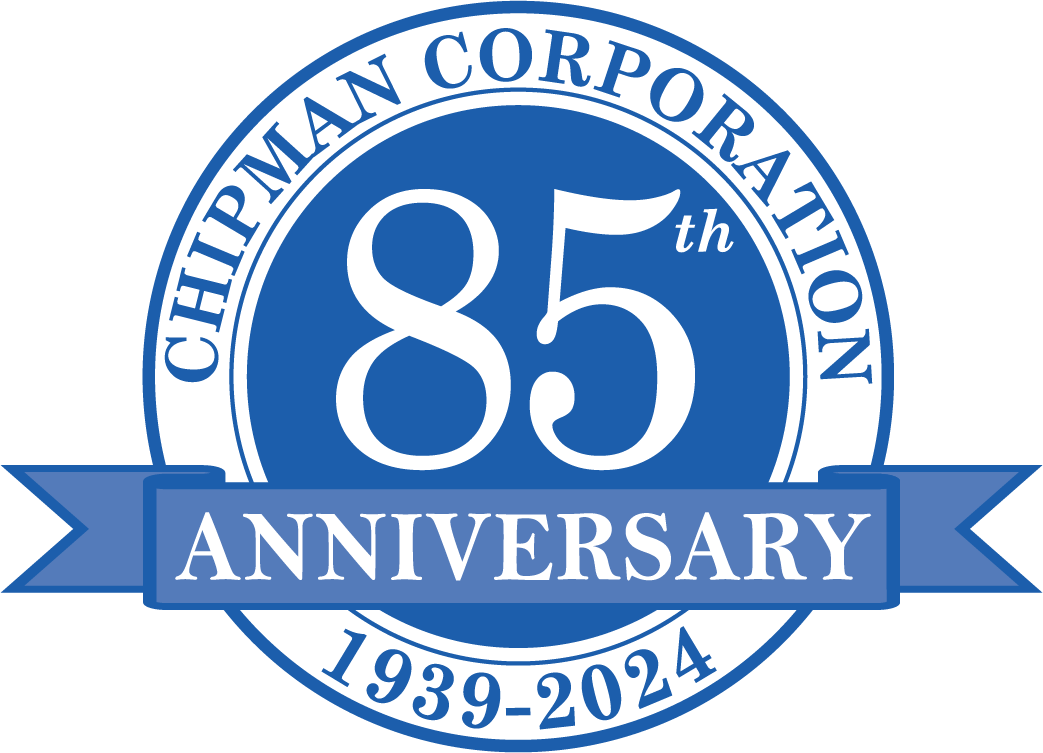Our team is standing by to assist you with a free move quote, help you through the process, or answer questions that you may have.
Request A Quote »
Office trends have varied widely over the decades as new generations entered the workforce. With millennials set to become half of the American workforce in 2020, businesses must adapt to the meet their wants and needs.
Office design has been a heavily impacted area, transitioning from outdated, stuffy cubicles to high-tech, open-space floor plans. These new trends have introduced new challenges when planning and executing an office move.
The Latest Technology
Gone are the days of clunky desktop computers and resistance to new technology. Instead, millennials are setting new standards.
Large, flat-screen televisions are mounted on conference room walls to be used for video calls or sharing presentations. Portable laptops and tablets can be conveniently used anywhere in the office, and desk workstations feature sleek monitors that connect with laptops to improve productivity. The modern office is technologically advanced with the latest gadgets designed to make working efficient.
So what happens to this expensive, fragile equipment during an office move? Companies and movers have had to adapt their processes to include new standards for safely handling technology. All monitors, televisions, and devices must be disconnected properly and packed securely to avoid damage during transportation. Cracked screens and broken devices spell trouble when trying to minimize downtime.
All these devices must then be correctly reassembled and reconnected in the new office space. Technology doesn't always work the way it should, so additional time must be planned and accounted for to ensure all equipment is functioning properly. And during the installation process, furniture must adequately hide cables and cords to keep them out of sight.
Open Office Floor Plans
Millennials have also voiced strong preferences for open office floor plans that encourage human connection. Cubicles? They're now a thing of the past. Offices have experienced an evolution from cluttered and divided places into open and collaborative spaces. The 80s and 90s cookie-cutter standard just doesn't cut it anymore. Office spaces must be carefully planned, focusing on minimalistic yet dynamic design.
Replacing clutter and unnecessary divisions with streamlined design means there's typically less furniture nowadays to transport when moving office spaces compared to before. The disassembly and reassembly of items like desks, tables, and chairs take less time when design is kept simple and excess is cut.
But open office floor plans do disrupt traditional design and space planning in which the same generic set up could be used across multiple businesses. In 2020 and beyond, office spaces must reflect the individuality of the business and create a communal, welcoming space for employees. Designing the layout for the new location is a significantly more important step now than it was before when planning an office move.
How Chipman Relocation & Logistics Can Help
Whether you're looking to move your office from city to city or state to state, Chipman offers a unique and personalized moving service. Our expert staff of relocators, movers, and drivers will handle all your packing, moving, deconstruction, and reconstruction from start to finish. To find out more about what all we can do to help you during your office move, explore our services below!

